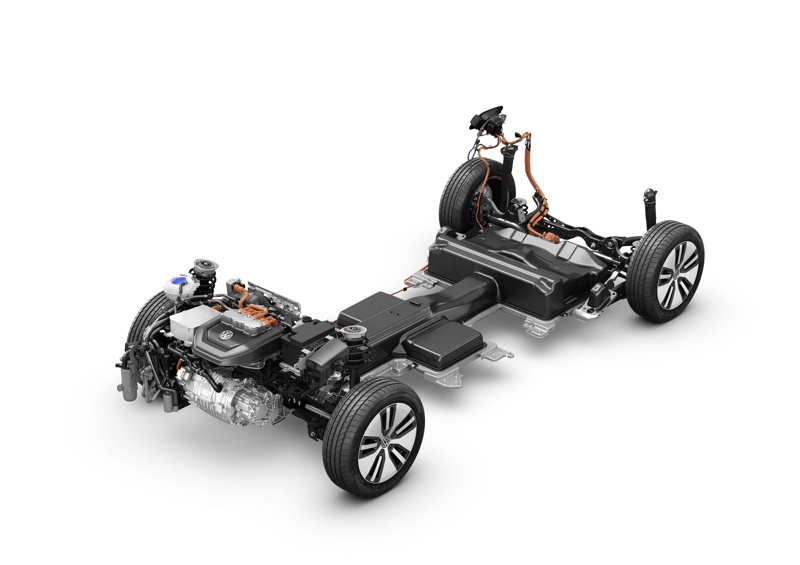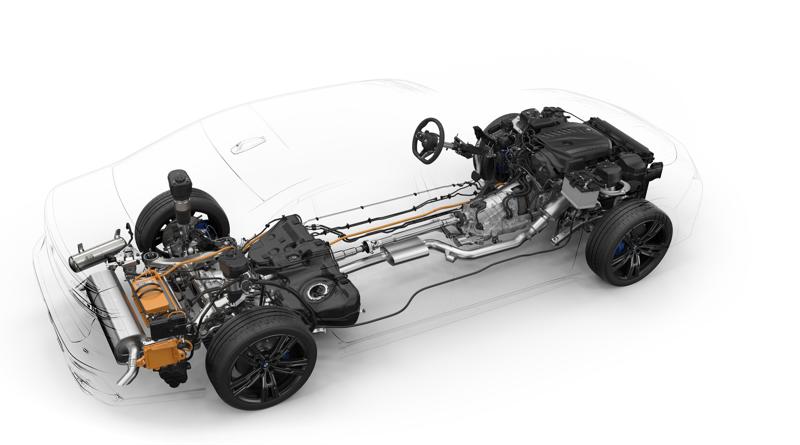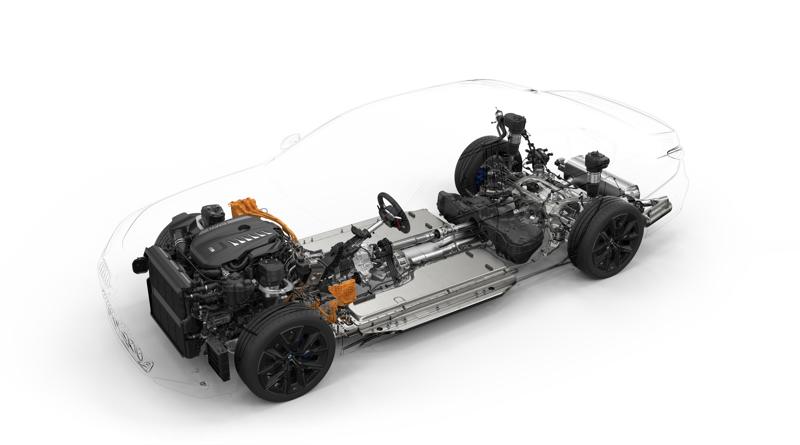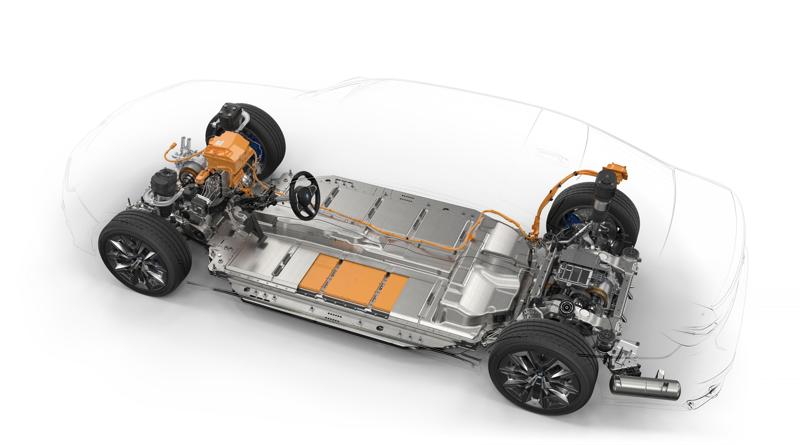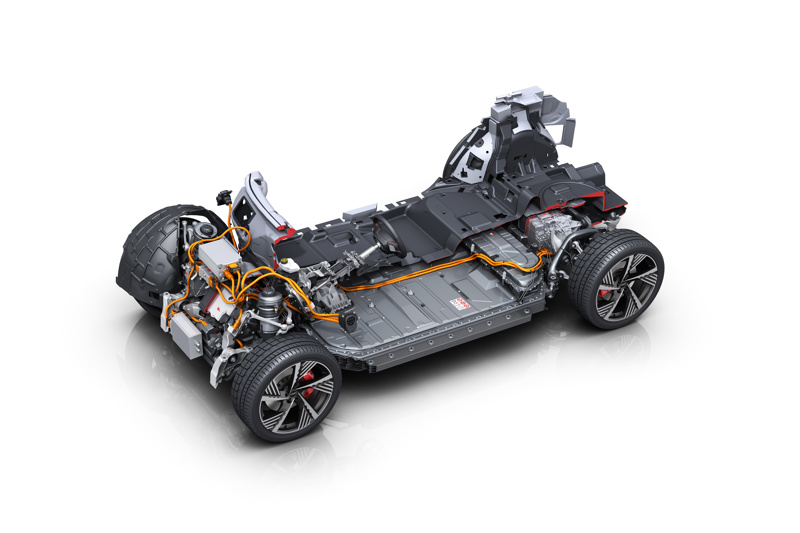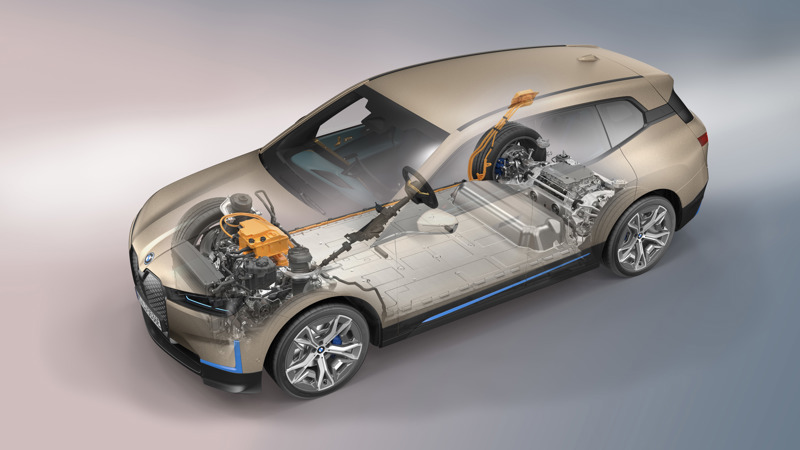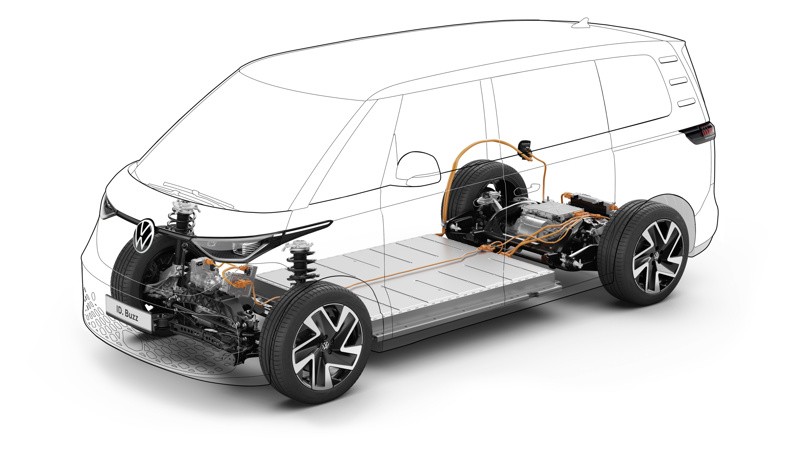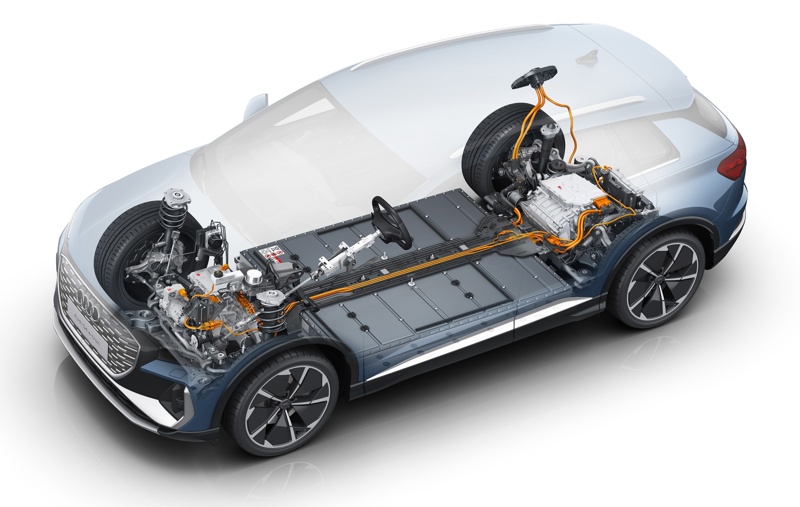EV Platforms
Building an EV is more complex than replacing a combustion engine with an electric motor and a battery pack. EVs require a different approach to design, engineering, and manufacturing, which is where EV platforms come in.
An EV platform is the basic frame or architecture of an EV without the body, interior, or powertrain. It is the foundation that supports the vehicle’s components and systems, such as the battery pack, electric motor, suspension, steering, brakes, and electronics. An EV platform also determines the size, shape, performance, range, and features of an EV.
There are four main types of EV platforms: retrofitting, hybrid, dedicated with shared components, and dedicated.
Retrofitting
Retrofitting involves modifying an existing internal combustion engine (ICE) platform to accommodate an electric powertrain. This approach is the simplest and quickest way to build an EV, as it does not require developing a new platform from scratch. However, it has some drawbacks:
- Limited design flexibility: Retrofitting forces the EV to fit into the constraints of an ICE platform, which may not be optimal for aerodynamics, weight distribution, passenger space, or cargo capacity.
- Reduced efficiency: Retrofitting may compromise performance and range, as the ICE platform may not accommodate a large enough battery pack or a powerful enough electric motor.
- Higher costs: Retrofitting may incur additional costs for modifying the ICE platform, integrating the electric components, and ensuring safety and reliability.
Examples of EVs that use retrofitting include:
- Volkswagen E-Golf
- Ford Focus Electric
- Tesla Roadster: The first Tesla model was based on a modified Lotus Elise chassis.
- Nissan Leaf: The first mass-market EV was built on a modified version of Nissan’s B platform.
Below are examples of how manufacturers located the battery and other EV components on retrofitted platforms.
Volkswagen e-Golf on a retrofitted platform
Ford Focus Electric with a retrofitted platform
Hybrid
Legacy automakers often design hybrid platforms to accommodate different types of powertrains, such as ICE, plug-in hybrid, or pure electric. This approach gives carmakers more flexibility to adjust to market demand and customer preferences. However, it has some disadvantages:
- Increased complexity: Hybrid platforms must account for various scenarios and configurations, increasing engineering and manufacturing challenges.
- Reduced optimization: Hybrid platforms must balance trade-offs between different powertrains, preventing them from achieving the best possible performance or range for each type.
- Higher weight: Hybrid platforms must carry extra components and systems for different powertrains, adding to the vehicle’s weight and reducing efficiency.
Examples of EVs that use hybrid platforms include:
- Ford Mustang Mach-E: Built on a modified version of Ford’s C2 platform, which underpins the Ford Escape and Bronco Sport.
- Volvo XC40 Recharge: Built on Volvo’s CMA platform, which supports ICE and plug-in hybrid powertrains.
- BMW i7: Built on a hybrid platform supporting petrol, PHEV, and EV versions.
Below, you see how the CLAR platform underpins the different variants of the BMW 7 series.
BMW i7 with hybrid platform. This in petrol configuration
BMW i7 with hybrid platform. This in PHEV configuration
BMW i7 with hybrid platform. This in EV configuration
Dedicated with Shared Components
Some EVs are built on platforms that are dedicated to electric vehicles but reuse some parts from existing platforms. These platforms are designed specifically for electric vehicles from the ground up but incorporate some components or systems from conventional ICE platforms. This approach can save costs, reduce development time, and leverage existing expertise without negatively affecting the design or features of the EV.
Examples of EV platforms that follow this approach include:
- Audi e-tron: Built on a modified version of the MLB Evo platform, which Audi also uses for ICE and hybrid models such as the Audi Q7 and Q8. The e-tron platform adapts the MLB Evo’s suspension, steering, and braking systems but adds a new battery pack, electric motors, and thermal management system.
- BMW iX: Built on a new platform called CLAR WE (Cluster Architecture With Electric), a variant of the CLAR platform used for ICE and hybrid models such as the BMW 3 Series and 5 Series. The iX platform uses some of the CLAR’s structural elements but incorporates a new battery pack, electric motors, and thermal management system.
These EV platforms offer more design flexibility, better efficiency, and higher performance than retrofitting or hybrid platforms. However, they may not be as optimal as dedicated EV platforms designed from scratch for e-mobility.
Audi Q8 e-tron drivetrain with dedicated EV skateboard and reuse of MLB-EVO parts
BMW iX drivetrain with dedicated EV skateboard and some reuse of BMW CLAR parts
Dedicated
Dedicated platforms are designed specifically for pure electric vehicles, often called bespoke platforms. They offer maximum design flexibility and optimization for e-mobility. They are also more scalable and adaptable for future development. However, they come with challenges:
- High investment: Dedicated platforms require significant upfront costs for research and development, testing and validation, and production facilities.
- Long lead time: Dedicated platforms take longer to develop and launch than retrofitting or hybrid platforms.
- Market uncertainty: Dedicated platforms may face risks from changing customer demand or regulatory policies.
Examples of EVs that use dedicated platforms include:
- Tesla Model S, Model 3, Model X, Model Y: All Tesla models are built on Tesla’s own dedicated EV platforms, which are constantly updated and improved.
- Lucid Air: Built on Lucid’s LEAP platform, which claims to offer industry-leading performance, range, efficiency, and luxury.
- Hyundai Ioniq 5: Built on Hyundai’s E-GMP platform, which promises fast charging, long range, bi-directional power supply, and high performance.
- Volkswagen ID.3 and ID.4: Built on Volkswagen’s MEB platform.
Due to the high cost of creating a new EV platform, there are several examples of sharing between brands. See examples in the platform overview in the last section of this article.
Below are examples of the scalable MEB platform made by the Volkswagen group. A scalable EV platform can be easily adapted and modified to fit different types of electric vehicles, such as sedans, SUVs, or trucks. This can save costs, reduce development time, and increase efficiency. A scalable EV platform can also be adjusted to meet different customer preferences and market demands, such as performance, range, or features.
Volkswagen ID.Buzz with MEB dedicated EV platform
Audi Q4 e-tron with MEB dedicated EV platform
Volkswagen is working on a new platform called SSP (Scalable Systems Platform). This platform will underpin all Volkswagen group models in the future. Read more at electrichasgoneaudi.net
Platform Overview
The following table shows the most common EV platforms used in recent years.
| Platform | Type | EVs Built on Platform |
|---|---|---|
| Audi / Porsche PPE | Dedicated | Audi Q6 e-tron Audi A6 e-tron Porsche Macan EV Porsche Cayenne EV |
| Audi / Porsche J1 Performance | Dedicated | Audi e-tron GT Porsche Taycan |
| Audi MLB EVO | Dedicated w/ Shared Components | Audi e-tron Audi Q8 e-tron |
| BMW CLAR | Hybrid | BMW i4 BMW i5 BMW i7 |
| BMW FAAR | Hybrid | BMW iX1 BMW iX3 |
| BMW CLAR WE | Dedicated w/ Shared Components | BMW iX |
| Geely SEA1 | Dedicated | Polestar 3 Polestar 4 Zeekr 001 Zeekr 009 Volvo EX90 |
| Geely SEA2 | Dedicated | Volvo EX30 Smart #1 Smart #3 Zeekr X |
| Geely SEA-S | Dedicated | Lotus Eletre Lotus Emeya |
| Hyundai E-GMP | Dedicated | Hyundai Ioniq 5 Hyundai Ioniq 6 KIA EV6 KIA EV9 |
| Mercedes EVA 2.0 | Dedicated | Mercedes EQE Mercedes EQE SUV Mercedes EQS Mercedes EQS SUV |
| Renault-Nissan-Mitsubishi CMF-EV | Dedicated | Renault Megane Renault Scenic Nissan Aryia |
| Tesla Model 3/Y Platform | Dedicated | Tesla Model 3 Tesla Model Y |
| Tesla Model S/X Platform | Dedicated | Tesla Model S Tesla Model X |
| Volkswagen MEB | Dedicated | Volkswagen ID.3 Volkswagen ID.4 Volkswagen ID.5 Volkswagen ID.7 Volkswagen ID.Buzz Audi Q4 e-tron Audi Q5 e-tron Cupra Born Cupra Tavascan Ford Explorer |
Most sold EVs globaly
Below, you find the top 10 most-sold EV models in the world. Click on the name for full info.
